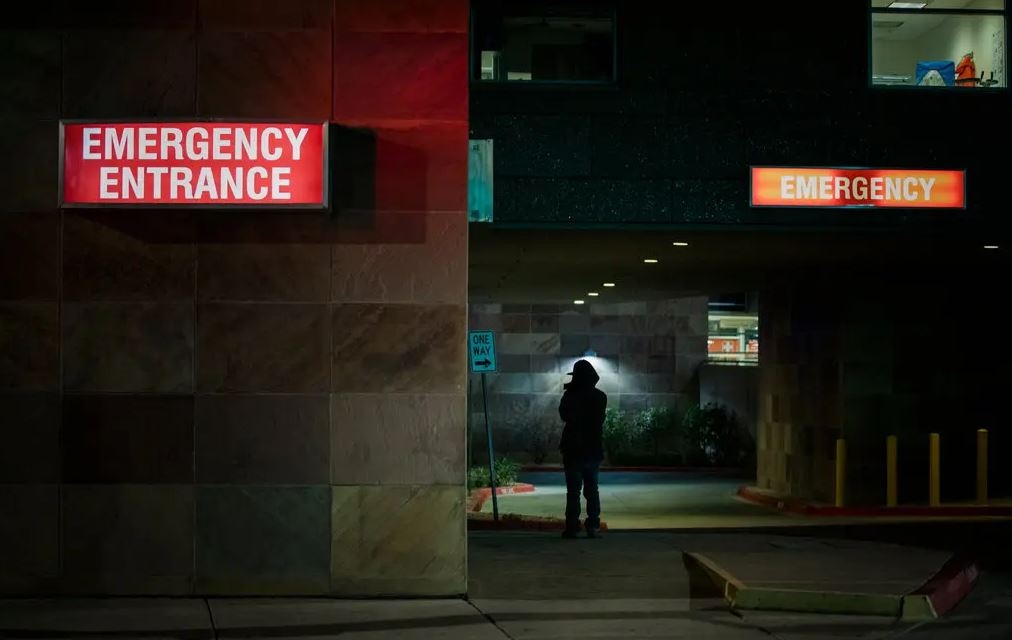According to a recent study conducted by the United States government, approximately 250,000 people lose their lives each year as a result of receiving an incorrect diagnosis in the emergency room. These patients’ physicians failed to recognise serious medical conditions such as stroke, sepsis, and pneumonia.
According to the findings of a research that was published on Thursday by the Agency for Healthcare Research and Quality, out of the over 130 million individuals who visit hospital emergency rooms each year in the United States, around 7.4 million people get an incorrect diagnosis. There is a potential for substantial damage to be caused to about 370,000 patients as a consequence.
Researchers from Johns Hopkins University, working under a contract with the agency, examined the results of studies spanning twenty years in order to quantify the rate of diagnostic errors that occur in the emergency room and identify serious conditions in which physicians are most likely to make a mistake. As a result of the fact that many of the studies were based on events that occurred in European nations and Canada, the findings of the researchers have been criticised by certain authorities of medical organisations in the United States.
Although these mistakes are still very uncommon, they are more likely to take place when a patient appears with symptoms that are not usual for their condition. For example, stroke patients who report that the room is spinning are more likely to have a diagnostic error.
A physician may not immediately suspect that a young lady who is experiencing shortness of breath is having a heart attack. Similarly, a physician may not immediately suspect that a person who is complaining of back discomfort might have a spinal abscess.
“This is the elephant in the room no one is paying attention to,” said Dr. David E. Newman-Toker, a neurologist at Johns Hopkins University and the head of the Armstrong Institute Center for Diagnostic Excellence. Newman-Toker is also one of the authors of the research.
According to Dr. Newman-Toker, the results highlight the need to look more closely at where mistakes are being made and the medical training, technology, and support that might help clinicians prevent them. According to what he had to say, “it’s not about throwing the guilt at the foot of emergency department doctors.”
The researchers discovered that women and persons of colour had an approximately 20 to 30 percent greater chance of being misdiagnosed. This was another finding that emerged from their evaluation of the studies. According to Jennie Ward-Robinson, chief executive of the Society to Improve Diagnosis in Medicine, while these results are not surprising, they do point to the need to address how different patients are assessed in the emergency room as part of the effort to improve care. This is something that needs to be addressed as part of the effort to improve diagnosis.
According to medical professionals, preventing diagnostic mistakes is difficult. According to Dr. Robert Wachter, the chairman of medicine at the University of California, San Francisco, who had not seen the full report, most of the efforts to improve patient safety have focused on mistakes that are easier to identify, such as when a patient gets the wrong medicine or develops an infection while in the hospital. This is despite the fact that the National Academy of Medicine identified medical errors as a critical issue more than 20 years ago. He said that diagnostic mistakes were a significant contributor to the issue.
According to Dr. Wachter, the number of fatalities that are suggested to occur per year in the study is “a really worrisome statistic.” He pointed out that the conclusions of the research are larger than any prior estimations.
When coming up with their overall estimate of the mistake and injury rates, the researchers relied heavily on studies carried out in countries other than the United States, such as Canada, Spain, and Switzerland. However, Dr. Kang suggested that the researchers’ reliance on these studies may have skewed the data and caused them to exaggerate the frequency of errors.
The authors of the study emphasised the need of doing more research focusing exclusively on emergency departments in the United States. Dr. Susan M. Peterson, a physician at Johns Hopkins who specialises in emergency care and is also one of the authors of the study, said that more research has to be conducted in the United States. “There is a significant void in the existing research.”
However, she also underlined the need of paying closer attention in instances when medical professionals have a tendency to overlook an essential diagnosis. According to her, over the past few years, the medical community has made a concerted effort to address the issue, which has resulted in public health campaigns, improved diagnostic testing, and collaboration between cardiologists and emergency medicine doctors.
The issue of incorrect diagnosis is a common problem among all doctors, as was pointed out by a number of experts, despite the fact that the research concentrated on errors that occurred in emergency rooms, which are places where a doctor who is pressed for time and dealing with overcrowding is required to make a snap decision about what is wrong with a patient.

